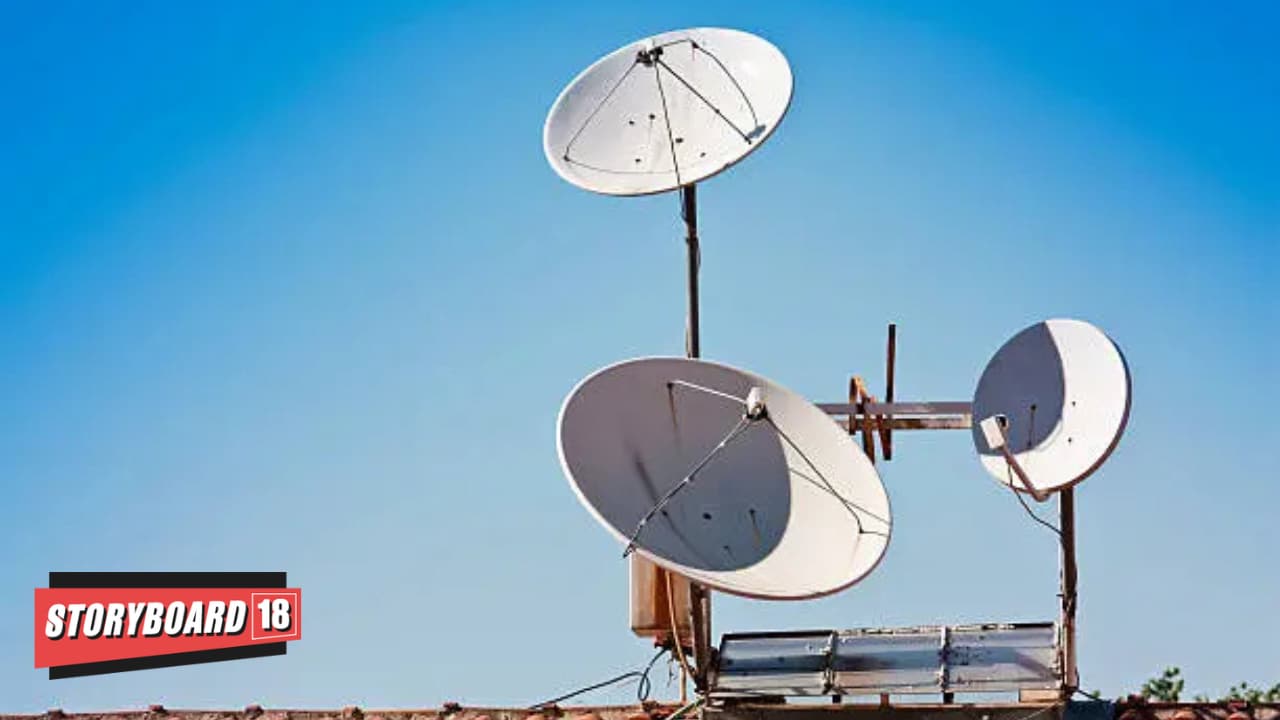The Telecom Regulatory Authority of India (TRAI) has released its latest report on the state of the broadcasting and radio sectors for the quarter ending 30th September 2024, shedding light on key developments in satellite TV, DTH, and FM radio services. The data reveals a mix of growth, decline, and stability across various segments, highlighting both opportunities and challenges within India’s vibrant media ecosystem.
As per the report, India’s Direct-to-Home (DTH) industry saw a decline in its subscriber base during the second quarter of FY 2024-25. The total active subscriber base for Pay DTH services dropped from 62.17 million in June 2024 to 59.91 million by September 2024. This reduction of approximately 2.26 million subscribers represents a downward trend in the paid DTH segment, which may be attributed to a variety of factors, including the growing competition from OTT (Over-the-Top) streaming platforms and shifts in consumer preferences.
Despite this decline in Pay DTH subscribers, the satellite television landscape remains robust. As of September 2024, the Ministry of Information and Broadcasting (MIB) had granted approval for approximately 912 private satellite TV channels, a significant portion of which are available for both uplinking and downlinking services. Out of these, 362 channels are pay-TV services, which include 258 Standard Definition (SD) channels and 104 High Definition (HD) channels. This continues the trend of increasing content variety available to Indian audiences.
FM Radio sector holds steady, faces minor dip in ad revenues
The FM radio sector has shown stability, with no change in the number of operational private FM radio channels, cities, or operators compared to the previous quarter. As of September 2024, there were 388 operational private FM radio channels spread across 113 cities, operated by 36 private FM radio operators. This stability reflects the steady presence of FM radio as a preferred medium of entertainment and information in urban and semi-urban areas.
However, the sector’s advertisement revenue faced a slight dip. The reported advertisement revenue for the quarter stood at Rs. 423.52 crore, down from Rs. 428.45 crore in the previous quarter. This minor decline, while not significant, highlights the challenges FM radio faces in an increasingly digital advertising environment, where advertisers are shifting focus towards digital platforms and streaming services.
Additionally, community radio stations continue to thrive. As of September 2024, there were 513 operational community radio stations across India. These stations serve local communities and focus on delivering content that caters to specific regional, cultural, and educational needs. The growth of community radio is in line with the government’s push to promote local content and engagement, offering a voice to underserved areas and fostering greater community participation in the media landscape.
